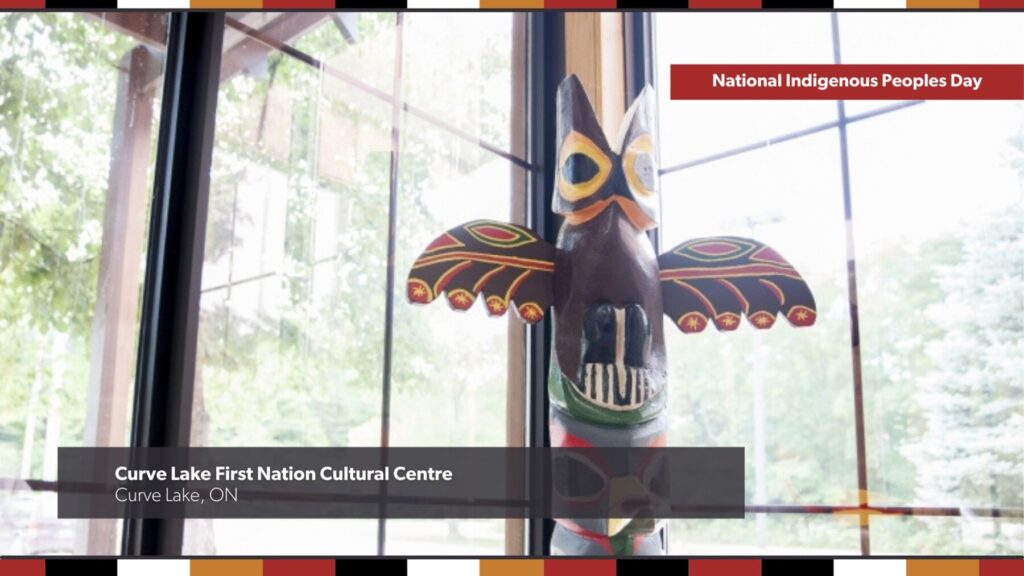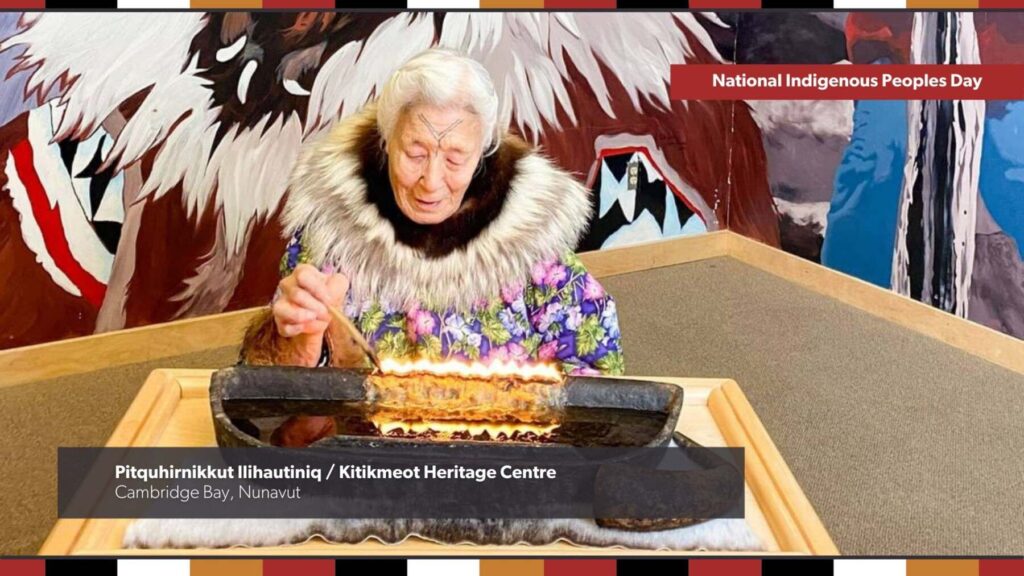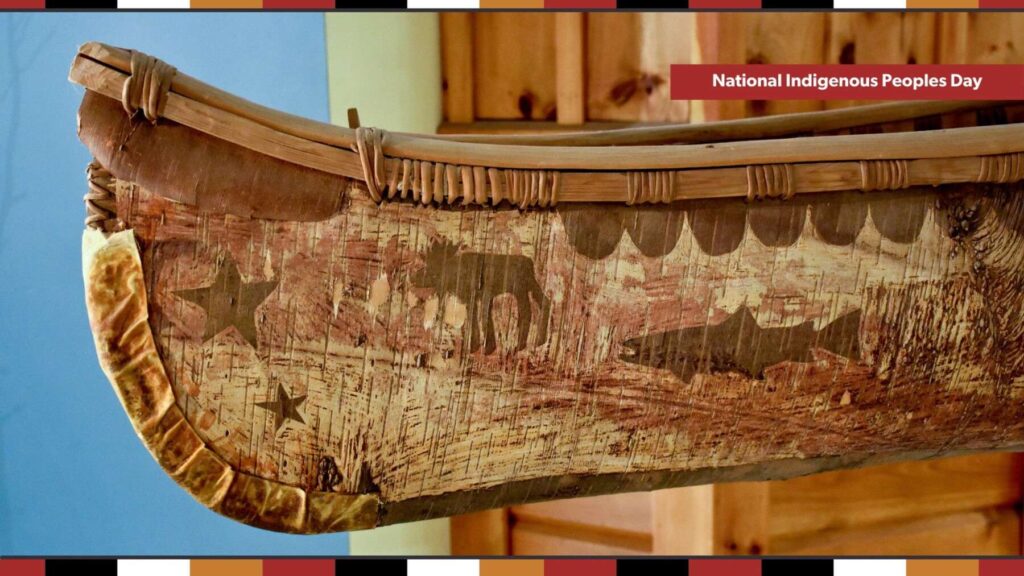June is National Indigenous History Month and June 21st is National Indigenous Peoples Day – to honour and recognize these occasions, we are highlighting the great work being done by Indigenous cultural organizations across the country, many with whom we are privileged to work. We encourage you to visit these organization’s websites and learn more about the good work they are doing!
First up is also the closest to “home” (aka the Museum):
Curve Lake First Nation Cultural Centre (📍Curve Lake, ON)
www.curvelakeculturalcentre.ca/home

Curve Lake’s Cultural Centre supports the understanding of community culture, language and history. The staff cares for a collection of cultural items and an archive related to the community and the Kinomaage-Waapking (Teaching Rocks) Petroglyph site, which is also community-managed. In addition, Cultural Centre staff give tours and information to visitors.
The Canadian Canoe Museum says miigwech (thank you) to the Cultural Centre staff for assisting our work of building strong relationships with the First Nations on whose territories the Museum exists. The Museum also acknowledges the challenges faced by local Indigenous allies and is committed to communicating water-related challenges in our new exhibitions (we are currently searching for a “boil water advisory” sign to include).
Saahlinda Naay (Saving Things House) Haida Gwaii Museum (📍Kay Llnagaay [Sea Lion Town], Skidegate, Haida Gwaii, BC)
![Visitors enjoying the Saahlinda Naay (Saving Things House) Haida Gwaii Museum in Kay Llnagaay [Sea Lion Town], Skidegate, Haida Gwaii, BC. In the foreground, visitors are looking at cultural objects and artifacts behind glass, while mannequins wearing regalia are off the side and large wood carvings that reach the ceiling are shown in the background. Text overlay says: National Indigenous Peoples Day.](https://canoemuseum.ca/wp-content/uploads/Haida-Gwaii-wide_1800x1013-1024x576.jpg)
Saahlinda Naay inspires understanding of respect for all that Haida Gwaii is and puts the Haida concept of yahguudang.gang (respect) into operation as a museum. The Museum’s rich collections include natural history, archaeological material, and cultural treasures, cared for according to Haida protocols.
The Canadian Canoe Museum is grateful to be working with the staff at Saahlinda Naay to understand Haida canoe-making and using traditions as we plan to interpret Victor Adams’ Eagle Canoe made for the Kirk Wipper (Kanawa Museum) in 1970!
Pitquhirnikkut Ilihautiniq / Kitikmeot Heritage Centre (📍Cambridge Bay, Nunavut)

This amazing place is dedicated to supporting the renewal of Inuinnait culture and language (Inuinnaqtun) in the Central Canadian Arctic region. The Kitikmeot Heritage Centre runs knowledge transfer workshops linking Elders and youth and supports Elders-in Residence, youth documentary video training, and language learning. They also have a lively Instagram presence at instagram.com/kitikmeotheritage!
We are grateful to their staff from the Centre for meeting with us early in our journey to reach out to Indigenous communities and providing crucial feedback about that process.
Our Commitment

Lastly, we would like to take a moment to recognize The Canadian Canoe Museum’s responsibilities to Indigenous communities and individuals in sharing and interpreting Indigenous knowledge related to the watercraft in our collection.
We are working actively with Indigenous people across Canada to ensure that their perspectives and knowledge are shared in the new exhibitions and to build relationships that will benefit Indigenous communities, the Museum, and our visitors.
The Museum is grateful to Indigenous colleagues—canoe- and kayak-builders, artists, community historians, Elders and knowledge-keepers—who contribute to this work and remind us of our responsibilities as allies, every day. Thank you, miigwech!






